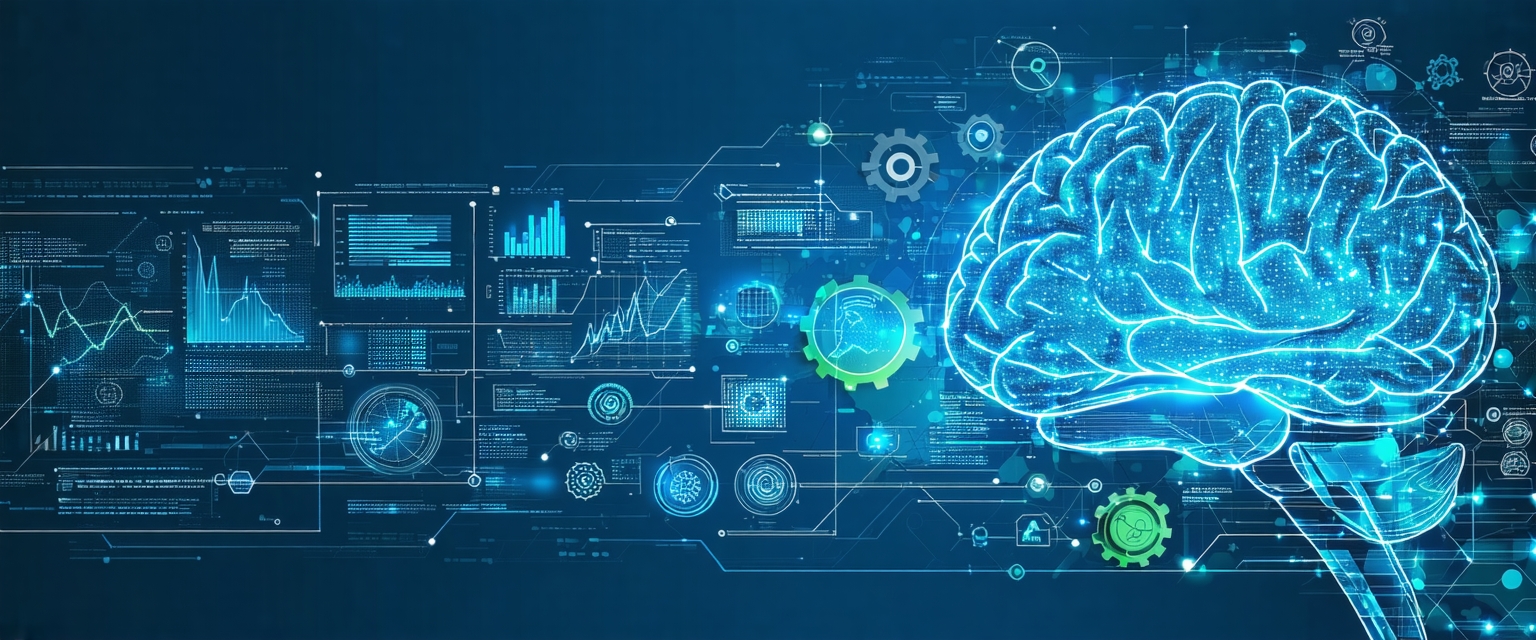Introduction
Machine learning (ML), a subset of artificial intelligence (AI), empowers computers to learn from data without explicit programming. Instead of relying on pre-defined rules, ML algorithms identify patterns, make predictions, and improve their accuracy over time based on the data they process. This iterative learning process is revolutionizing numerous industries.
Key Points
- ML algorithms learn from data without explicit programming.
- It enables computers to identify patterns and make predictions.
- ML is transforming multiple sectors.
Applications of Machine Learning
The applications of machine learning are vast and rapidly expanding. In healthcare, ML algorithms analyze medical images to detect diseases like cancer earlier and more accurately than humans. Financial institutions use ML for fraud detection, risk assessment, and algorithmic trading, optimizing processes and minimizing losses.
Furthermore, in the realm of customer service, machine learning powers chatbots and recommendation systems, personalizing user experiences and improving customer satisfaction. This adaptability makes machine learning an invaluable tool across various sectors.
Key Points
- Healthcare: Disease detection, diagnosis.
- Finance: Fraud detection, risk management.
- Customer service: Chatbots, recommendation systems.
Machine Learning Algorithms
Various algorithms drive machine learning, each suited to different tasks. Supervised learning, for instance, uses labeled data to train models to predict outcomes. Unsupervised learning, conversely, analyzes unlabeled data to discover hidden patterns and structures.
Reinforcement learning involves an agent learning through trial and error, receiving rewards for desirable actions and penalties for undesirable ones. The choice of algorithm depends on the specific problem and available data.
Key Points
- Supervised learning uses labeled data for prediction.
- Unsupervised learning discovers patterns in unlabeled data.
- Reinforcement learning involves learning through trial and error.
Key Takeaways
- Machine learning is a powerful technology with broad applications.
- Different algorithms cater to diverse needs and data types.
- ML is continuously evolving, leading to new breakthroughs and possibilities.
- Ethical considerations and responsible development are crucial.
- Understanding ML’s potential is essential for navigating the future of technology.






